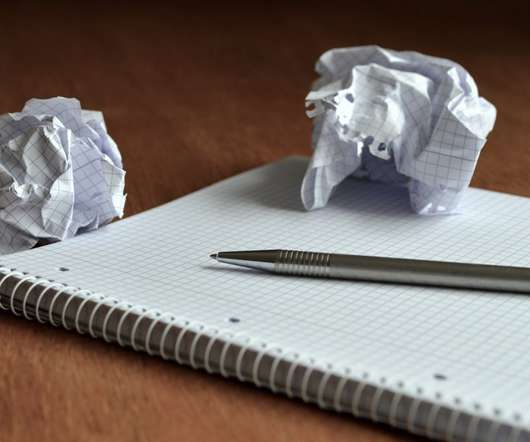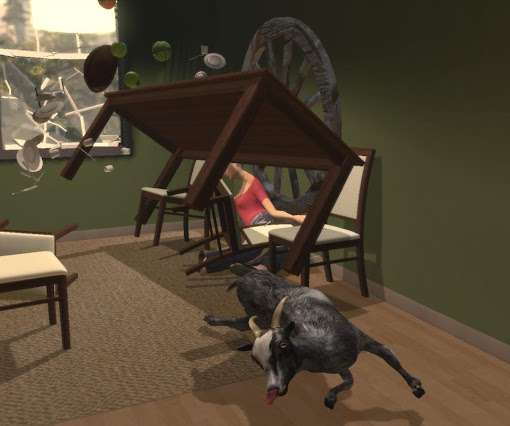How to Design the Mechanics of Your Board Game
Brand Game Development
NOVEMBER 20, 2017
The core engine is what’s left when you strip a game of mechanics and obstacles. The core engine is the bare minimum set of mechanics and concepts you need to have a functioning (but not necessarily fun) game. Game mechanics are how we bring the core engine of a game to life. What are game mechanics?












Let's personalize your content